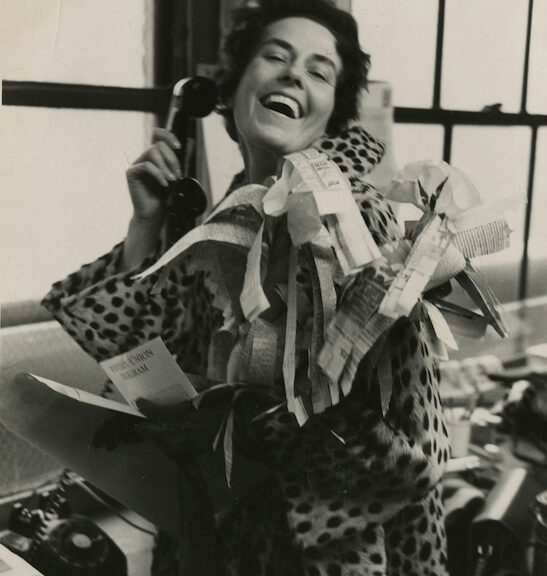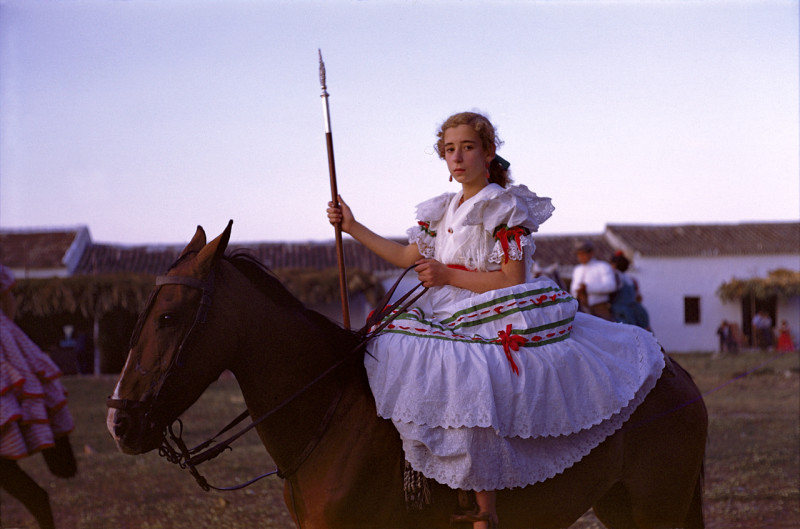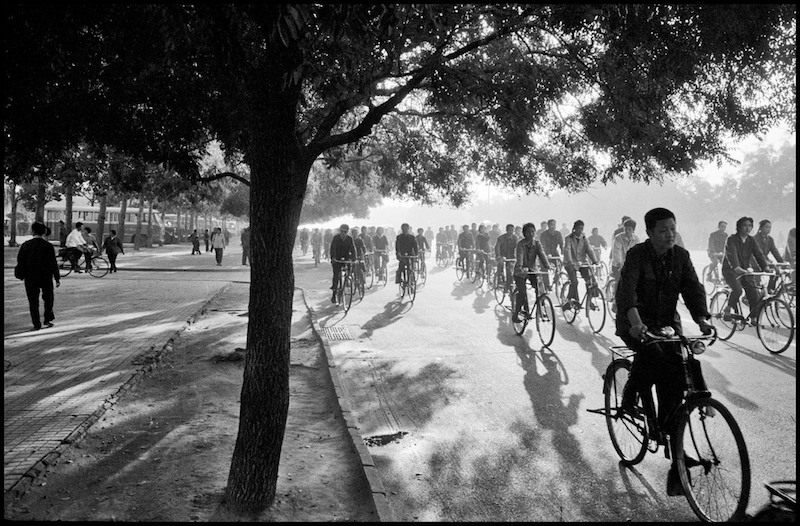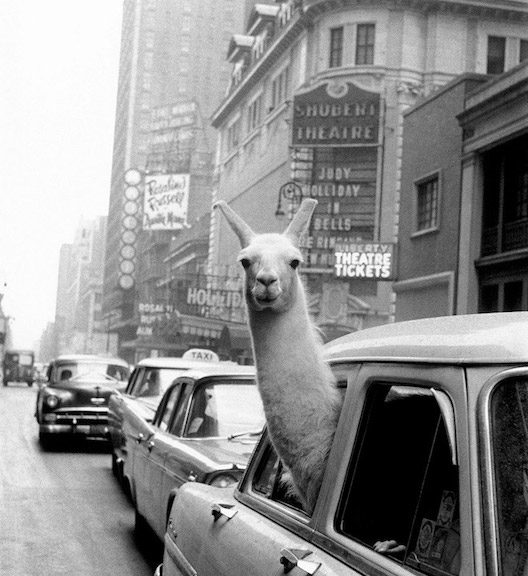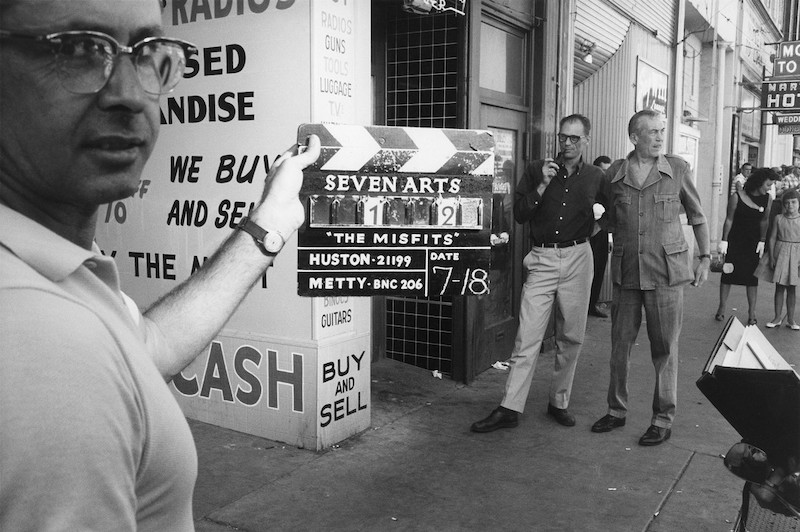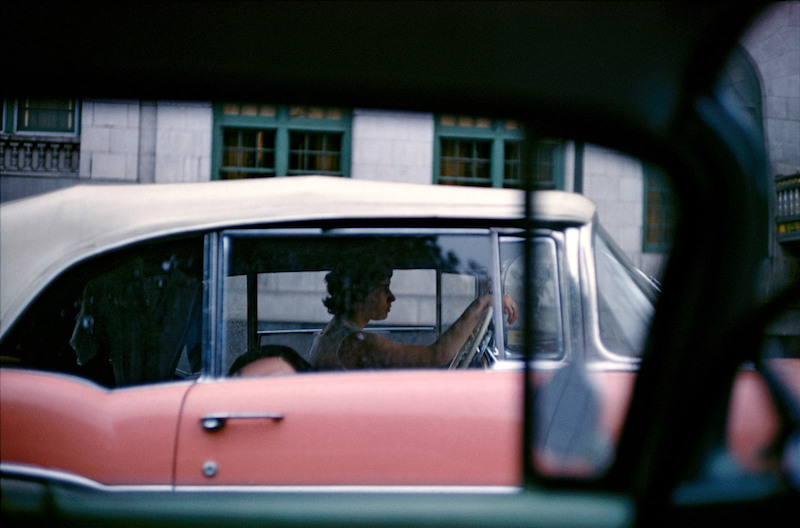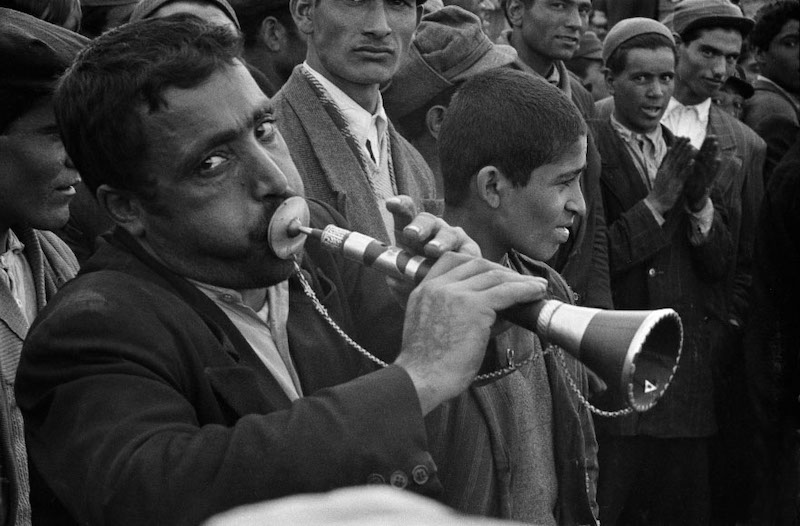Inge Morath Centennial – May 27, 2023
Below are ongoing (incl. past) catalogs/exhibitions/events for Inge’s 100th birthday celebration.
Exhibitions & Book Catalogs
Title: Inge Morath: Fotografare da Venezia in poi (Photographing from Venice Onwards)
Dates: Jan 18th – June 4th, 2023
Venue: Museo di Palazzo Grimani – Venezia
Address: Rugagiuffa, 4858, 30122 Venezia VE, Italy
Press: link 1, link 2
Book: purchase here or wherever available
Title: Mask and Face. Inge Morath and Saul Steinberg
Dates: Feb 25th – June 4th, 2023
Venue: Museum der Moderne Salzburg
Address: Altstadt (Rupertinum), Wiener-Philharmoniker-Gasse 9, 5020 Salzburg, Austria
~ Special catalog produced in conjunction with exhibition
Title: Documenting Israel: Visions of 75 years [group exhibit]
Dates: April 28th – June 30th, 2023
Venue: Museum of Tolerance Jerusalem [MOTJ]
Address: link [Jerusalem, Israel]
Press release: link
Title: Inge Morath [Temporary display / pop-up exhibit]
Dates: May 15th – June 22nd, 2023 *extended*
Venue: Beinecke Rare Book & Manuscript Library [exhibition hall]
Address: 121 Wall St, New Haven, CT 06511, USA
Title: Inge Morath – Wo ich Farbe sehe / Where I See Color
Dates: May 27th – July 29th, 2023
Venue: Fotohof
Address: Inge-Morath-Platz 1-3, 5020 Salzburg, Austria
Press package: link
~ Special book catalog produced in conjunction with exhibition
Title: Inge Morath: Homage
Dates: Dec 21st, 2022 – May 1st, 2023
Venue: Kunstfoyer
Address: Maximilianstraße 53, 80538 München, Germany
3D view: link
Book: purchase here or wherever available
~ Special book catalog produced in conjunction with exhibition
Online talk
Title: The Life and Legacy of Inge Morath with Rebecca Miller
Dates: Monday, May 8th, 2023
Venue: ‘Mondays at Beinecke’ online
Recording: link
Commemorative postage stamp:
One of a kind commemorative 100th birthday postage stamp will be launched June 10th, featuring a portrait of Inge, in partnership with Austria’s official postal service [Österreichische Post Aktiengesellschaft].
Revised: May 27th, 2023
Compiled by Sana Manzoor ℅ Inge Morath Estate

